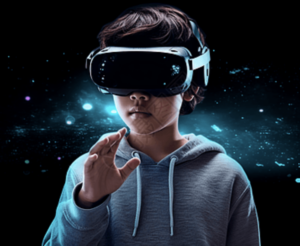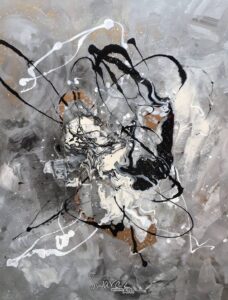
DETAILS
For the real world, we make more attempts to materialise the emotions we want to express, such as what kind of depression is caused by depression, which comes from family, work, study, etc.
How many emotions do we want to express? We need to construct the scene according to different emotional words. Depression, anger, happiness, sadness… Through unity technology, we need to restore the picture. The picture is our weakness, and we can build the picture in a way that is as simple as possible.
Or we don’t need too many emotional pictures but focus on an emotional word to unfold. For example, when we choose words, anger shows the anger scenes that we will encounter at different ages. ( This is what I suddenly thought of) will be more targeted.

As for the virtual scene. Dreamy abstract, on one side is the emotional black hole of the real world, and on the other side is a pure white abstract empty world. In addition to piano music, there is also a lot of space for sound painting in pure white space. For example, we can design some warm patterns or decorations in a pure white space, and each decoration randomly triggers the sound of joy or ethereal sound effects or warm scenes (scenes restored with sound effects), such as some non-real sound effects representing the ethereal angel bling sound, or Realistic sound effects, such as the muffled sound at the bottom of the water – which means the source of life wrapped in the mother’s amniotic fluid, or the baby’s laughter… These designs are triggered at any time in the pure white space, and may not be visually transmitted in time, but the sound can be clearly constructed.
The whole idea is more like a game space, in which players switch and trigger scene sounds, thus feeling an immersive experience.



